This morning, the National Assembly discussed 1 law and amended 11 laws in the field of national defense, including: Law amending and supplementing a number of articles of the Law on National Defense; Law on People's Army Officers; Law on Professional Soldiers, Workers and National Defense Officials; Law on Military Service; Law on Vietnam Border Guard; Law on People's Air Defense; Law on Reserve Forces; Law on Civil Defense; Law on Management and Protection of National Defense Works and Military Zones; Law on Militia and Self-Defense Forces; Law on National Defense and Security Education.
Speaking at the explanation, General Phan Van Giang, Minister of National Defense, said that to implement these 11 laws, the Ministry of National Defense is amending 5 decrees to amend 38 decrees, amending 17 circulars to amend 73 circulars, and amending 2 decisions of the Prime Minister.
The drafts were sent to all military regions, corps, branches, units and provinces for study and application until July 1, when the two-level local government is implemented smoothly.
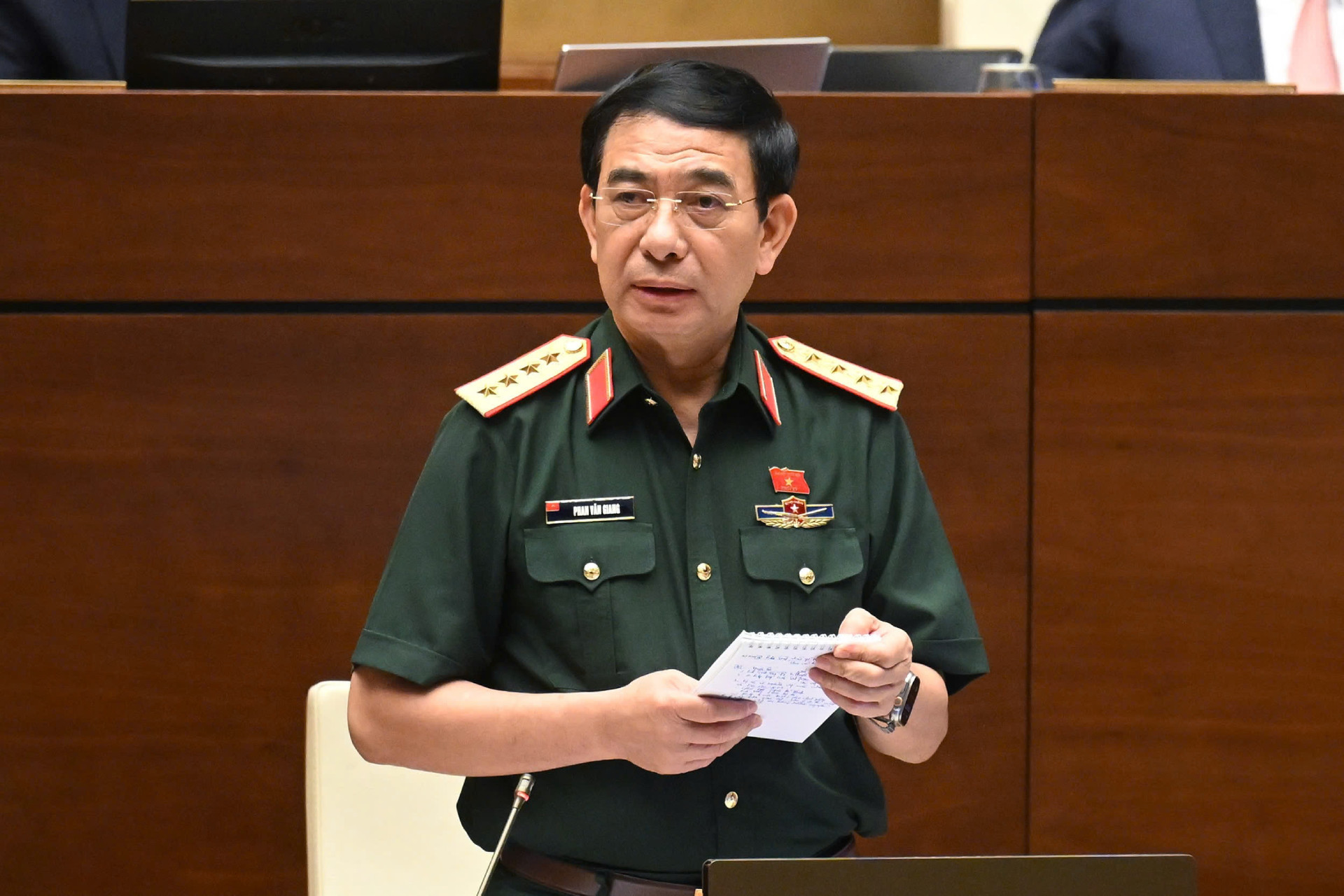
The Law on People's Air Defense defines key points of people's air defense at the commune level. Key points of people's air defense are areas where the enemy is likely to concentrate air attacks, including political, economic, cultural - social, defense, security, foreign affairs centers or places with key national targets, military region level, provincial level, commune level and places identified in defensive combat plans at all levels.
The Minister emphasized that organizing widespread air defense is necessary, because it is impossible to determine which areas are key and which are not.
Meanwhile, organizing air defense forces at the commune level is not difficult and can be completely autonomous. Training has been applied a lot in war. Emphasizing the role of people's air defense, the Minister mentioned current conflicts and wars in the world, "can intercept and intercept in many places, not just when the target arrives we deploy"...
The Army dissolved the district-level military commands and established a regional defense command under the provincial military command. The Minister said that the regional defense command is not an administrative unit but a military unit under the provincial military command.
According to the Minister, previously, in the Military Command of 63 provinces and cities (except Hanoi and Ho Chi Minh City which have their own characteristics), each province had a reserve regiment mobilized to perform military and defense tasks. The Regional Defense Command will basically perform this function and task.
"We have determined that the whole country has 34 provinces and cities with 145 Regional Defense Commands, some provinces have only 3 but some have up to 6. Based on the area, mission requirements, population and other military and defense factors, we will arrange and have completed all arrangements. We have organized inspections to each province," the Minister informed.
Previously, delegate Pham Van Hoa (Dong Thap) proposed bringing regular army forces to the commune-level military command to perform the duties of commander and deputy commander.
According to Mr. Hoa, currently the district military command has about 20 officers, not counting the conscripts. When the district level is no longer available, will this force be transferred to the province or to other forces?
"Why don't we bring this force back to serve as commanders and deputy military commanders at the commune level? Because currently, the commune police are completely regular police, and it is expected that each commune and ward will have 30-60 regular police officers," Mr. Hoa said.
Regarding sending officers to the communes, General Phan Van Giang said that the Army still determines "soldiers stay in the countryside" and "the army is about quality, not quantity" to carry out the tasks assigned by the Party, State and people.
He said that training is determined for commune military leaders, deputy commune military leaders, and assistants with military university degrees. Although there are currently university, college, and intermediate military degrees, they are not enough. The Minister said that the Politburo agrees with the policy that commune military commanders who do not have advanced political theory can still join the commune Party Committee and the Standing Committee of the commune Party Committee. This team will receive additional training in the future.
The regional defense command will send down 5 to 7 officers to help the commune for a certain period of time, and then withdraw after completing the task. With 3,321 communes after the merger/145 defense areas, each regional defense command has about 40 communes, some areas have 50 communes.
According to the Law on Militia and Self-Defense Forces, based on the requirements of national defense and military tasks, provincial levels organize air defense and artillery Militia and Self-Defense Forces; coastal provinces organize standing militia squadrons. The Minister said that he has identified key and important provincial areas that can operate at sea and organized standing militia forces at sea. This is a force of all people participating in protecting the sovereignty of seas and islands, going offshore and sticking to the sea.
Source: https://vietnamnet.vn/dai-tuong-phan-van-giang-ly-giai-viec-chua-dua-si-quan-quan-doi-ve-cap-xa-2411413.html



![[Photo] Prime Minister Pham Minh Chinh holds meeting to launch exhibition of national achievements to celebrate 80th National Day](https://vphoto.vietnam.vn/thumb/1200x675/vietnam/resource/IMAGE/2025/6/23/0c0c37481bc64a9ab31b887dcff81e40)



![[Photo] Prime Minister Pham Minh Chinh chairs the national online conference on combating smuggling, production and trade of counterfeit goods.](https://vphoto.vietnam.vn/thumb/1200x675/vietnam/resource/IMAGE/2025/6/23/4a682a11bb5c47d5ba84d8c5037df029)
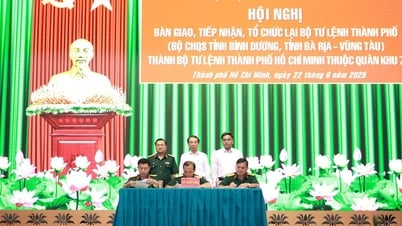

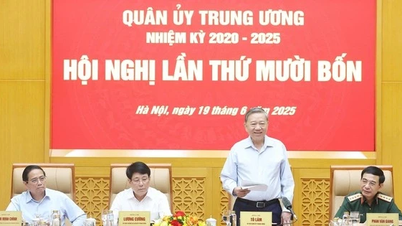



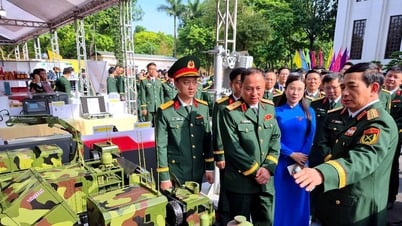
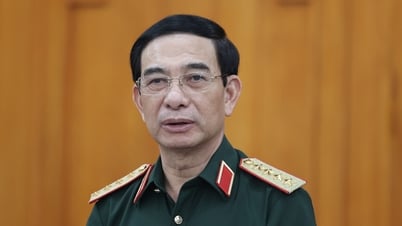

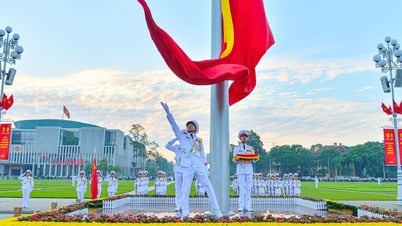
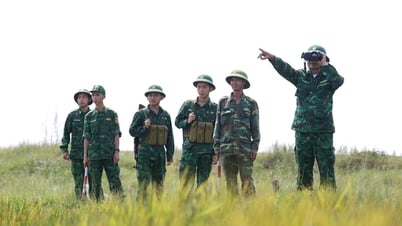








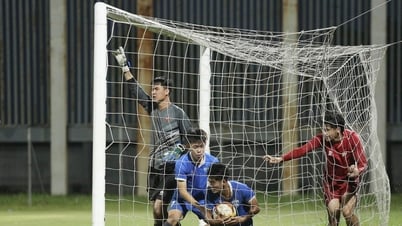
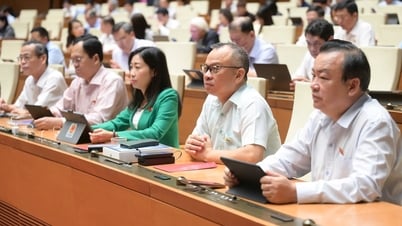




![[Photo] Party Congress of the Central Internal Affairs Commission for the 2025-2030 term](https://vphoto.vietnam.vn/thumb/1200x675/vietnam/resource/IMAGE/2025/6/23/5bf03821e6dd461d9ba2fd0c9a08037b)

































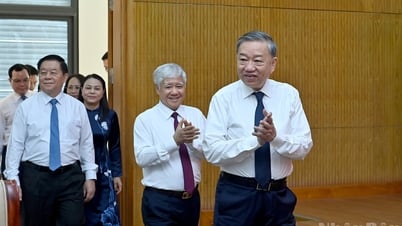

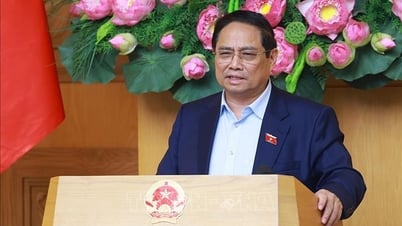
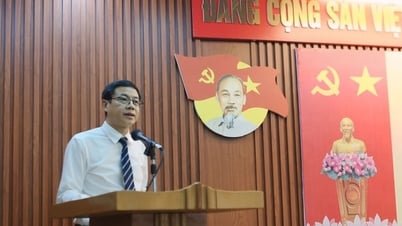



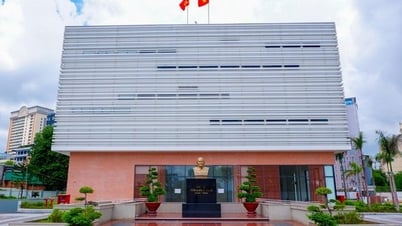



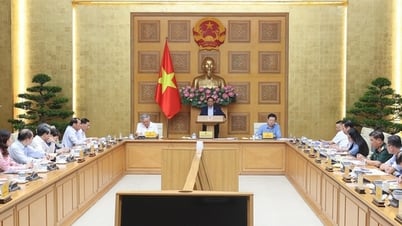


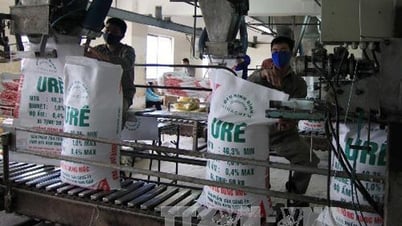

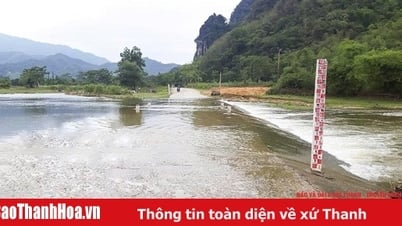

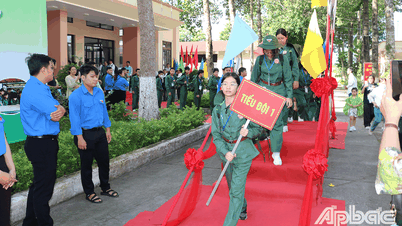















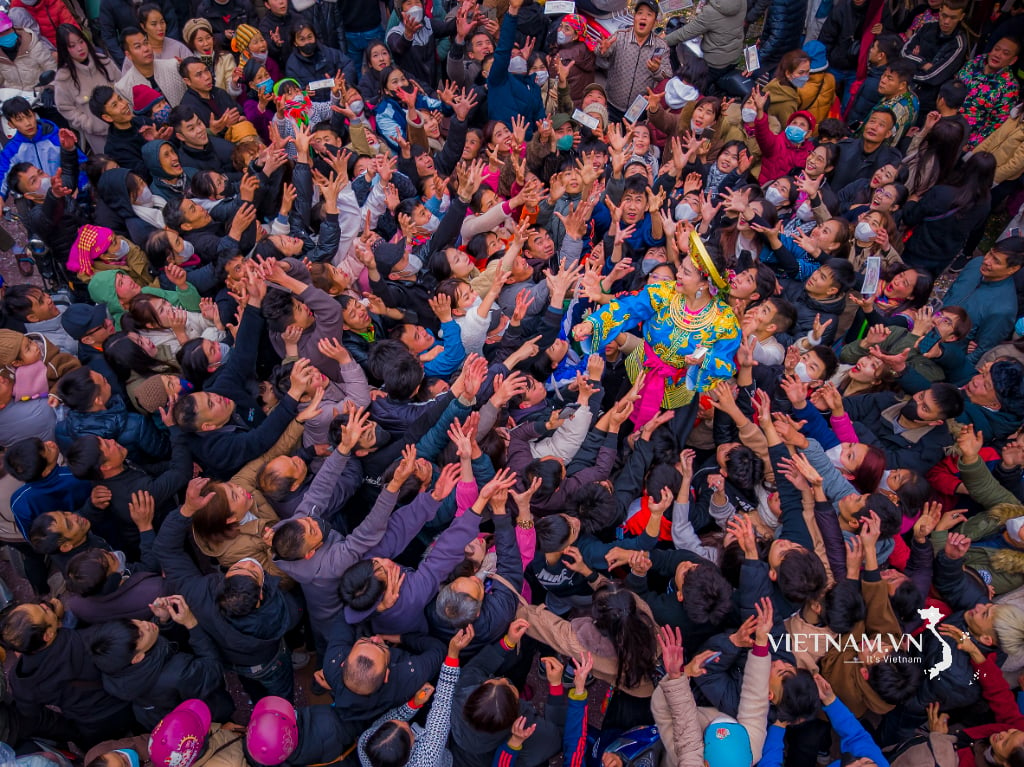

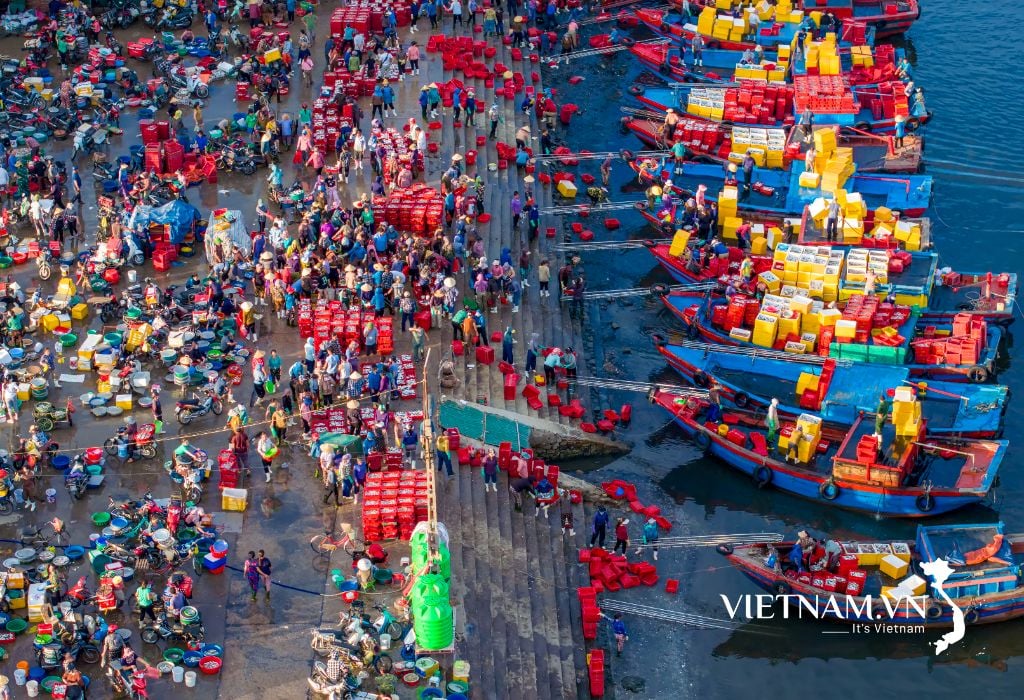
Comment (0)